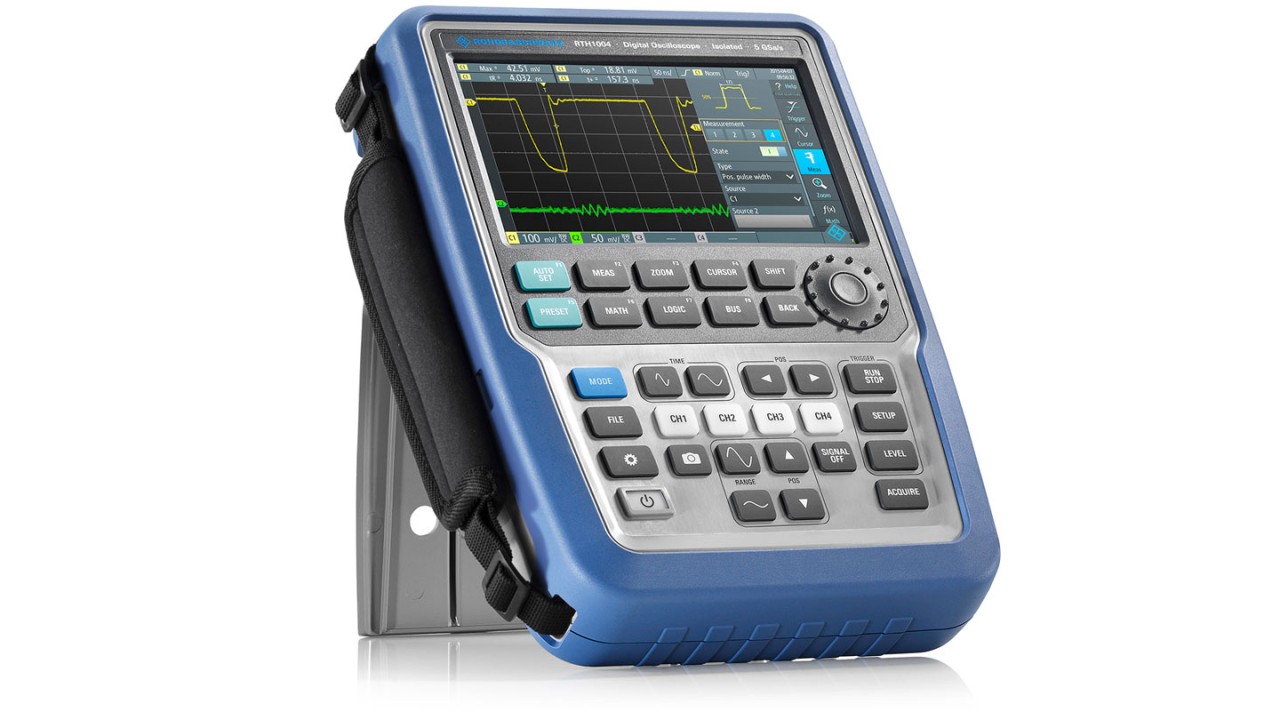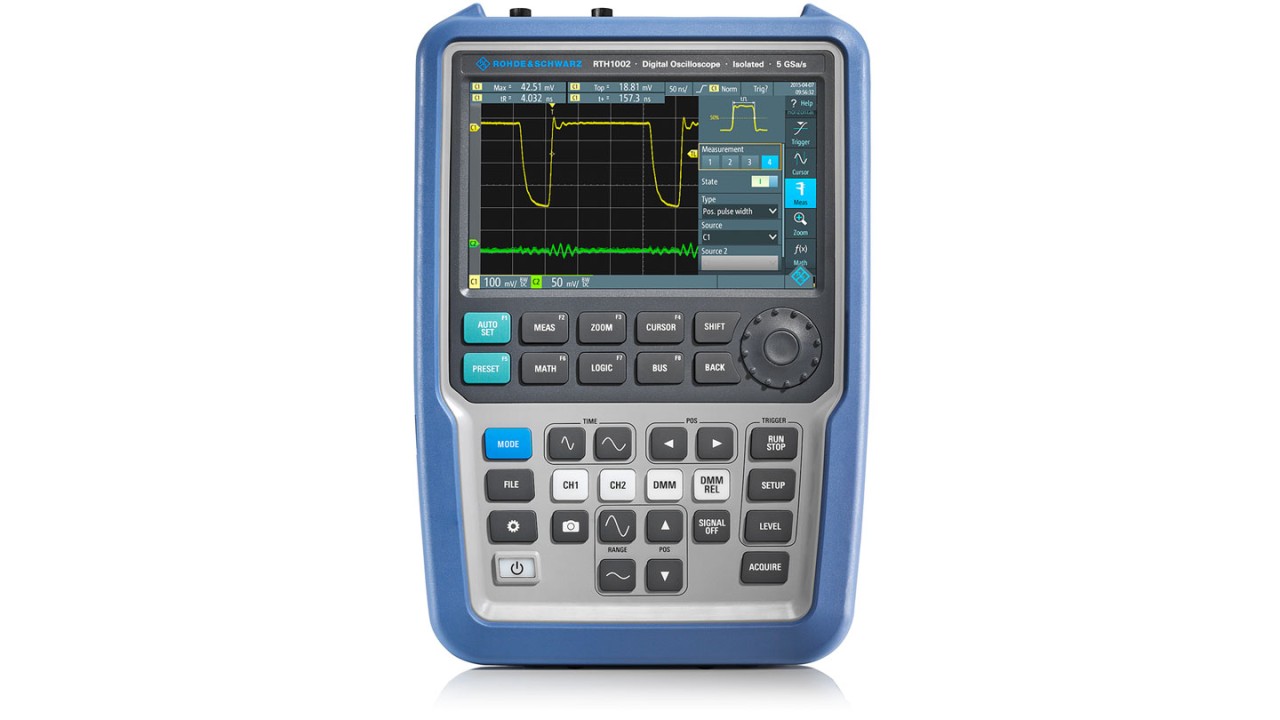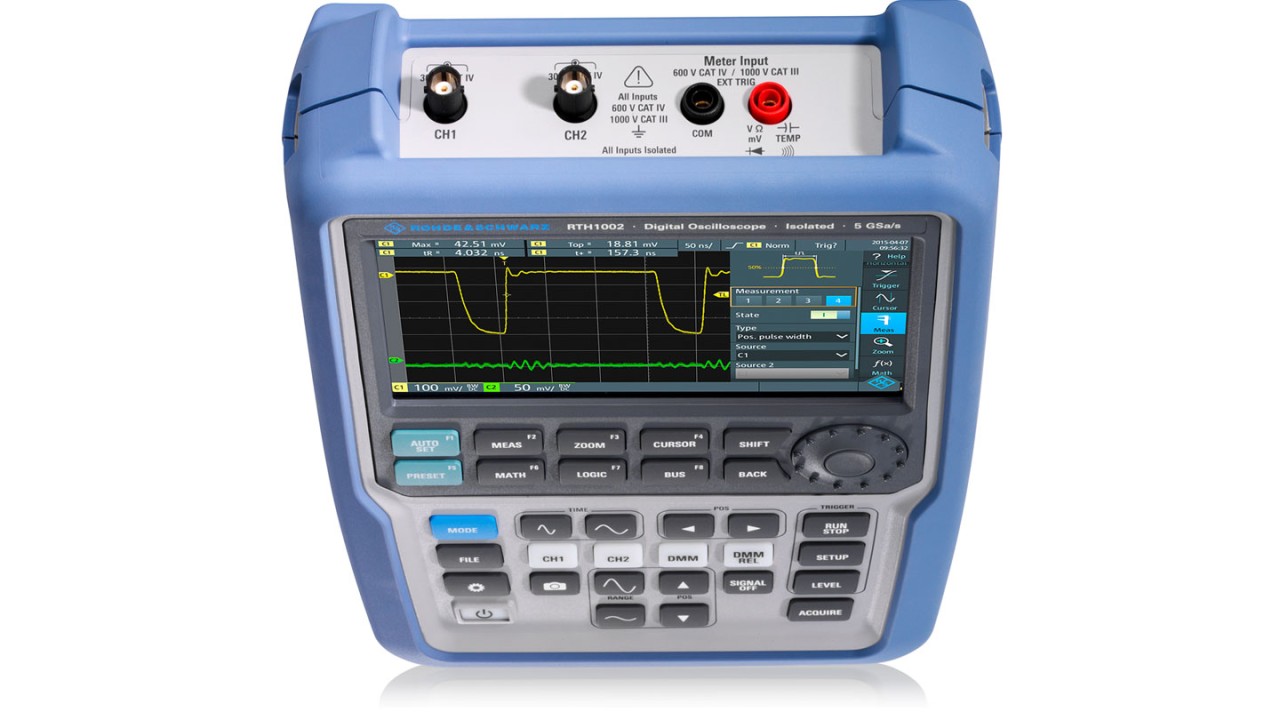Handheld oscilloscopes 03-Feb-2020
R&S®Scope Rider RTH – Fast debugging of electric vehicles
The Elefant Racing Team of the University of Bayreuth, Germany, needs a reliable, multipurpose handheld oscilloscope for developing and verifying its FR19 Loki electric racing car. The focus is on monitoring and analyzing CAN bus sensor data, EMC measurements and measurements on the vehicle electrical system and the high-voltage electrical system. The fully isolated R&S®Scope Rider RTH handheld oscilloscope from Rohde & Schwarz, featuring comprehensive trigger and decoder options for SPI, CAN, CAN-FD and SENT bus signals, is the ideal T&M instrument for this task.









